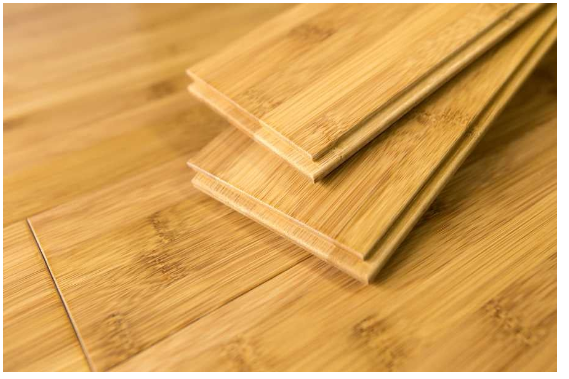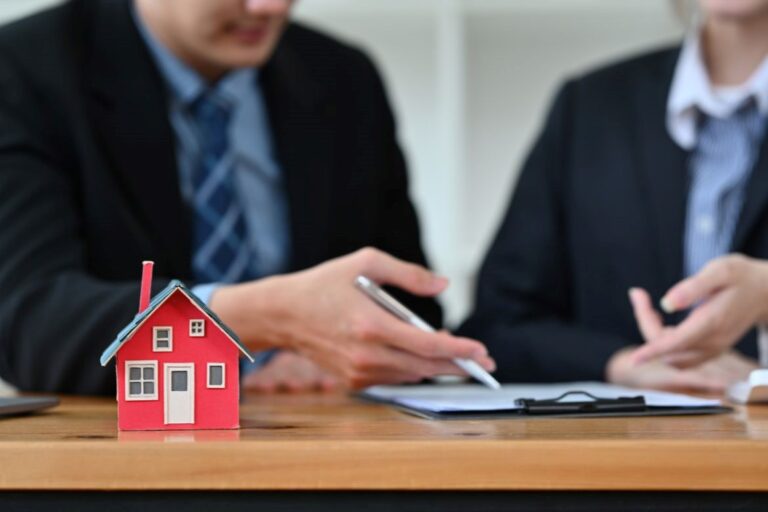Stunning debut! Eco-friendly bamboo plywood is the new choice for superior quality and durability in flooring materials!

We are committed to finding the best materials for our valued customers, and we have a wide range of products with a variety of colors and textures. One of our favorites is our unique bamboo plywood, which is increasingly sought after by homeowners, woodworkers, and builders across the United States as an ideal green alternative to natural hardwood plywood. Bamboo plywood is used in a variety of applications, including wall paneling, furniture manufacturing, cabinet assembly, toy making, countertop decorating, and even meat slicing.
It’s no coincidence that bamboo plywood is now recognized as one of the safest, most durable and sustainable building materials on the market. Whether you’re a discerning homeowner looking for the perfect countertop or a builder looking for a new, versatile alternative to natural wood, this versatile material will meet your needs. Enjoy our selection of natural, carbonized, and tiger/zebra-finish bamboo plywood, available in a wide range of thicknesses, from 1/4“ to 1-1/4” panels.
What is bamboo plywood?
Bamboo, an extremely fast-growing herb that thrives anywhere, even in poor soil conditions. Slender rectangular strips of bamboo are arranged according to specific design rules and then laminated (vertical edge grain or horizontal plane grain). After the weaving process, the bamboo is compressed (the strands are woven) under extremely high temperature and pressure conditions, resulting in a smooth, flat unfinished milled board/panel.
There are many different types of bamboo plywood
Thousands of different bamboo species exist worldwide, however not all of them are suitable for use as a building material such as bamboo plywood. The most common source of bamboo is the fast-growing Moso bamboo. Depending on the manufacturing process, natural and carbonized plywood can be made with vertical or horizontal grain. Bamboo color variations are mainly due to the heat treatment process – when first harvested and prepared, the material has a yellowish hue; however, when heated at high temperatures, it develops varying degrees of darker hues. For example, the tiger-like color, also known as zebra and Neapolitan, is the result of blending natural bamboo with carbonized bamboo to create the distinctive effect of wire-woven bamboo. Bamboo plywood presents colorful styles based on a combination of three main elements:
Grain. This refers to the visual effect of the plywood surface. The most common grain textures include vertical, horizontal, and chained. Vertical and horizontal grains are most widely used in modern design, while strand-woven grains have a more traditional wood flavor.
Colors. Bamboo plywood is available in a wide variety of colors and even supports custom staining. The three dominant colors are Natural (golden yellow), Carbonized (tan/honey), and Tiger (neopolitan/zebra/marble), which is a subtle combination of natural and carbonized colors.
Thickness. Bamboo plywood ranges in thickness from as thin as 1/4-inch up to as thick as 1-1/2-inch. 1-1/2-inch thick panels are widely used in areas such as countertop fabrication as well as butcher block furniture manufacturing.
Bamboo products are closely related to the concept of sustainable development.
One of the key advantages of choosing bamboo as a building material is its high degree of sustainability. This fast-growing herb is self-renewing, as its root structure can be regenerated from existing resources even after it has been cut down. This is more environmentally friendly than other farming methods, and harvesting by hand is far superior to mechanical equipment that relies on fossil fuel consumption. Since the factories are often located close to the plantations, transporting the bamboo requires relatively little energy. By utilizing a variety of manufacturing methods, bamboo plywood can be easily produced in different grades and thicknesses.
In the U.S., more and more builders and retailers are looking for more sustainable business models and more environmentally friendly material choices. For them, bamboo plywood not only produces an attractive product that meets environmental standards, but also reduces their reliance on other high-priced materials, thereby lowering costs.


